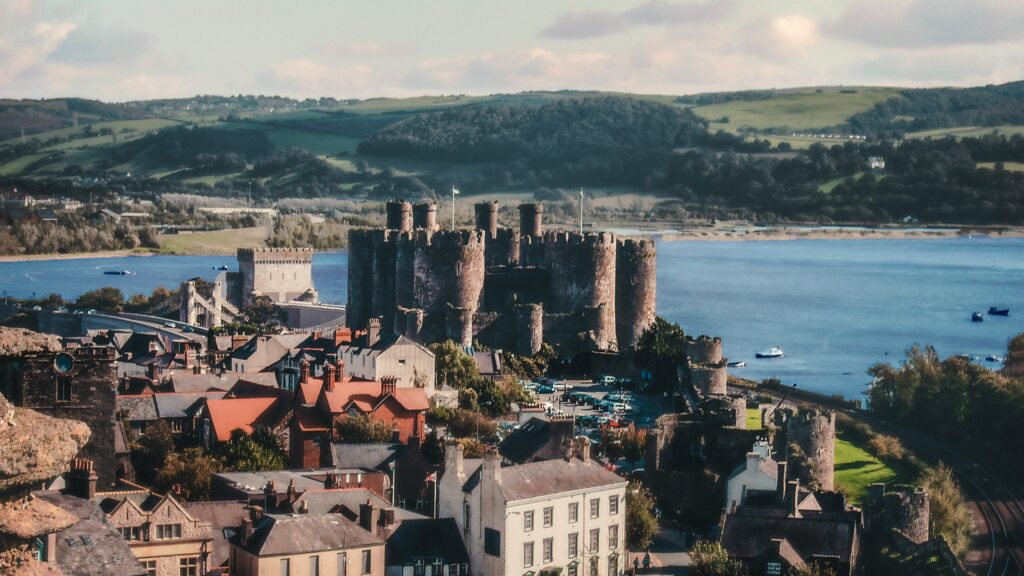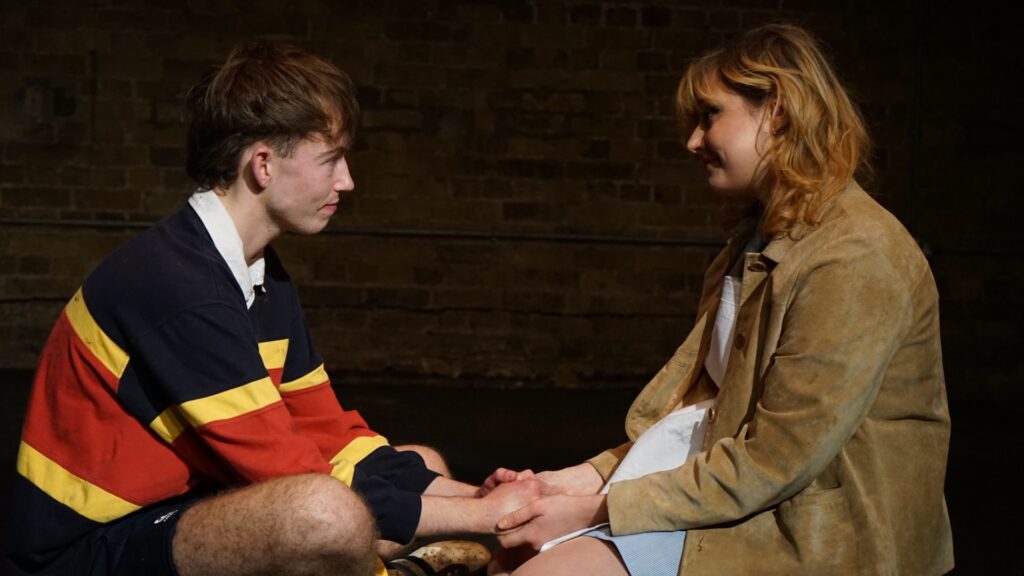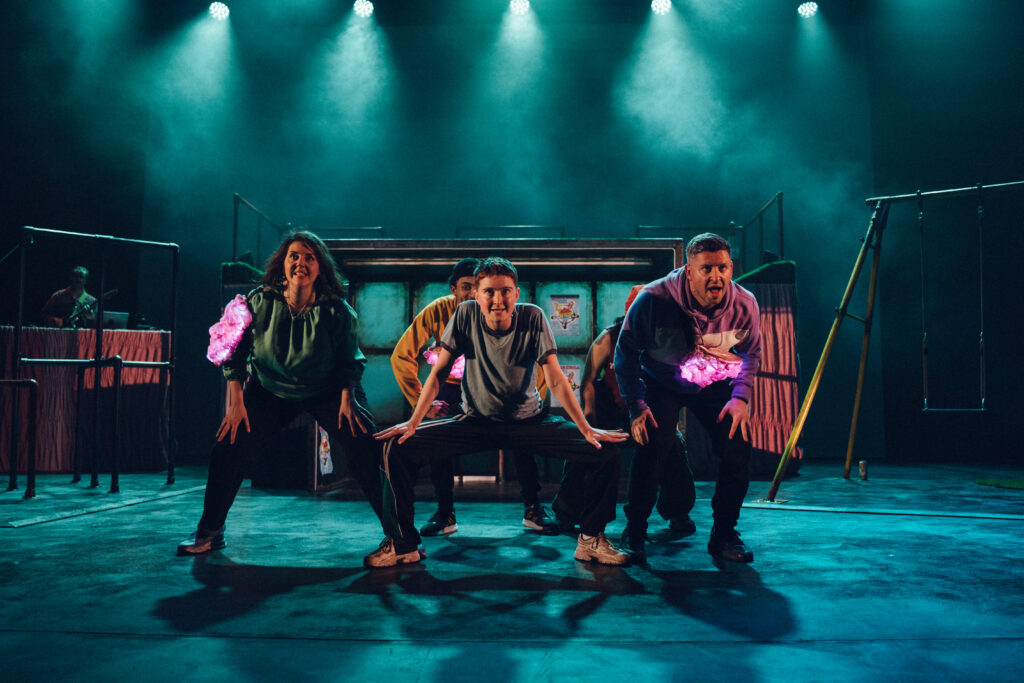Tehmina Goskar describes a turning point for the lower Swansea Valley
The Global and Local Worlds of Welsh Copper Project based in the History & Classics department at Swansea University is a partnership funded by the ESRC (Economic and Social Research Council). The £95,000 initiative aims to raise awareness of the rich heritage of a once internationally-famed Welsh copper industry. This project, led by Prof. Huw Bowen, will embrace academia, the heritage sector and local and global communities to tell the story of Welsh copper through a national travelling exhibition, websites, social media, 3D animations and a host of events.
The amount of interest the £95,000 Welsh copper heritage project at Swansea University has generated is astonishing given it only began last September. Its first event was the highly successful symposium on History, Heritage and Urban Regeneration, supported by the IWA and hosted at the National Waterfront Museum in Swansea. The day was a turning-point in two important respects.
The first was the agreement that was signed by Swansea University and the City and County of Swansea on 20 January 2011 that will seriously explore the heritage-led regeneration of the old Hafod Copperworks site in the lower Swansea Valley.
The second was an idea for a free event that would appeal to a wider audience interested in Swansea’s historic connections with the world copper industry. An unexpected turn for the Copper Project, this event has turned into a city-wide festival. Copper Day will take place on Saturday 5 March in venues across Swansea.
The day has been organised completely voluntarily with contributions from 25 different organisations and individuals and 29 activities and events will be taking place at 13 venues. Two important anniversaries inspired the festivities. It is 200 years since the first copper ingot rolling out of the internationally-famed Hafod Copperworks of Vivian and Sons, and the 50th birthday of the Lower Swansea Valley Project which began the world’s first post-industrial land reclamation scheme.
A shared interest in copper and its history has resulted in unprecedented co-operation between public and private bodies and galvanised a diverse range of people into making this exceptional day happen. However we also want there to be a legacy. These new collaborations demonstrate the great appetite for heritage-led change in Swansea and will be an inspiration to other post-industrial regions that have for too long been ambivalent about their history.
An important part of the day will be documenting some of the events through film, photographs and interviews (for these will be the archives of the future), as well as collecting people’s memories of copperworking in Swansea and the community involvement in the Lower Swansea Valley Project.
For the small team of the Copper Project it doesn’t end on Copper Day. The 3D animations of the historic copperworks of the Swansea valley are currently being created. They will be on show during the project’s showcase event, A World of Welsh Copper, a major exhibition which launches at the National Waterfront Museum and will tell the story of the global history in which Welsh copper was an integral part. A partnership digitisation programme will also shortly get underway, making available online a host of archival material and resources housed at the Richard Burton Archives, Swansea University and at the Royal Commission on the Ancient and Historic Monuments of Wales. These will be made available through the People’s Collection Wales website. Additional resources for the general reader, learners and scholars will be made available on a dedicated Welsh Copper website. To keep in touch with developments, follow the project on Twitter.






I really want to be excited about this, but there is so little left to see. Swansea is very much like Merthyr, where it has wiped away almost all its industrial heritage. Having something physical to see still counts, but I wish this project well, if at least to educate Swansea about its amazing historical past.
Thanks Ian. Do come along on 5 March and be prepared to be excited.
There is actually much more to see in Swansea than meets the eye. For example, 173 copper-related sites or buildings of international significance.
Cu @ Swansea!